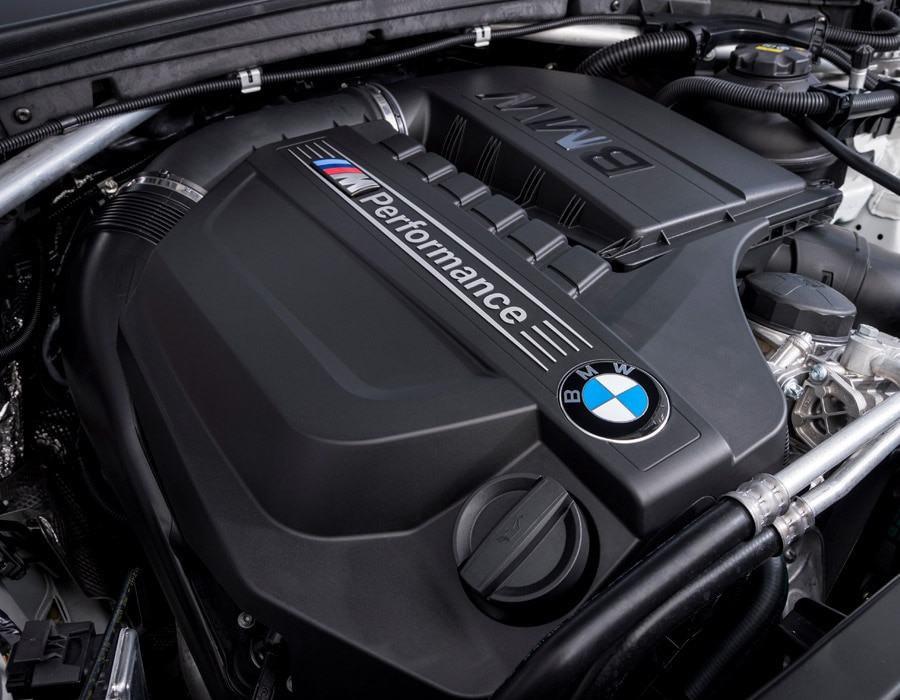Exploring the Advancement of Burning Engines in Modern Transport Solutions
As we browse the landscape of contemporary transportation, the development of combustion engines stands as a testament to human resourcefulness and design prowess. The interplay of background, innovation, and environmental problems in forming the trajectory of combustion engines develops a narrative that is both compelling and insightful.
Early Beginnings of Combustion Engines
Just how did the concept of combustion engines initial emerge in the very early stages of transport advancement? The origins of combustion engines can be traced back to the 17th century when the concepts of inner combustion were very first checked out.
The breakthrough moment featured the innovation of the initial effective gasoline-powered engine by Karl Benz in 1885 - bmw engine. This engine paved the method for the growth of the modern vehicle, revolutionizing transportation systems worldwide. Succeeding innovations by Nikolaus Otto and Gottlieb Daimler even more improved burning engine technology, causing the mass manufacturing of autos and the rapid development of the transportation industry
These early burning engines were identified by their simpleness and effectiveness, laying the foundation for the complex and powerful engines utilized in modern-day transport systems. The development of combustion engines has actually contributed fit the way we travel and transport goods, marking a significant turning point in the background of transport advancement.
Transition to Internal Burning Technology
The change to interior burning modern technology marked a crucial change in the advancement of transportation systems. This change began in the late 19th century, with innovators like Nikolaus Otto and Gottlieb Daimler establishing the very first successful internal burning engines. These engines reinvented transport by supplying a more effective and effective option to vapor engines and electric motors.
Among the key advantages of interior combustion engines was their ability to be reduced to suit cars, leading to the development of bikes and vehicles. This shift from cumbersome, stationary engines to compact, mobile ones led the way for the modern-day transport systems we see today.
The transition to inner combustion modern technology likewise stimulated developments in fuel innovation, leading to the growth of gasoline and diesel as main gas sources for lorries. This shift not just made transportation a lot more available to the masses yet also laid the structure for the oil and gas industry to end up being indispensable to global economic situations.
Effect of Combustion Engines on Transport
The adoption of combustion engines in transport systems militarized a profound shift in the performance and speed of worldwide flexibility. Combustion engines transformed transport by giving a reputable and functional resource of power for numerous vehicles, including cars and trucks, vehicles, ships, and airplanes. This innovation significantly boosted the capability for individuals and items to move over long distances in shorter timespan, resulting in boosted connectivity between areas and countries.
In addition, the extensive use of combustion engines has actually had a substantial effect on economic advancement. The capability to deliver items successfully has actually stimulated trade and commerce, permitting businesses to expand their markets and reach consumers worldwide. This has facilitated financial development and globalization, as products can now be carried quicker and in bigger amounts than ever.
Nevertheless, the environmental impact of burning engines can not be forgotten. The burning of fossil fuels has led to air contamination and greenhouse gas discharges, adding to environment modification and posing wellness threats to populations. bmw engine. Consequently, there is an expanding emphasis on developing different propulsion innovations to minimize these adverse impacts and create an extra sustainable future for transport
Technologies in Combustion Engine Layout
One significant innovation is the advancement of turbocharged engines, which utilize exhaust gases to drive a turbine that compresses incoming air, permitting for even more gas to be scorched, resulting in boosted power outcome without a considerable boost in engine size. Variable valve timing systems have additionally changed engine layout by maximizing air flow at different engine speeds, boosting both power and performance. These advancements collectively add to the continual renovation of combustion engines in modern transport systems.
Future Fads in Combustion Engine Development
With technology improvements driving continuous advancement, the future of combustion engine advancement is poised to revolutionize transportation systems around the world. One of the essential fads in combustion engine advancement is the press towards higher performance and minimized emissions.
An additional popular trend is the fostering of crossbreed technologies in burning engines. Crossbreed engines combine conventional burning innovation with electrical power, offering enhanced gas performance and reduced emissions. As the automobile sector changes in the direction page of electrification, hybrid combustion engines are seen as a transitional solution that connects the space in between standard vehicles and fully electric ones.
Additionally, the assimilation of clever technologies, such as synthetic intelligence and data analytics, is anticipated to play a substantial role in the future of burning engine growth. These technologies can enhance engine performance in real-time, causing much more reliable combustion processes and boosted general vehicle performance. Embracing these future trends will not just drive innovation in visit our website combustion engine development yet likewise add to an extra eco pleasant and sustainable transportation environment.

Verdict
In verdict, the evolution of combustion engines in modern transportation systems has been marked by significant developments in modern technology and layout. From the very early starts of burning engines to the change to interior combustion innovation, these engines have had a profound influence on transportation. Innovations in burning engine layout proceed to drive development in this area, with future patterns concentrating on further improving performance and lowering exhausts. The future of burning engines in transportation looks promising as research and growth initiatives remain to press limits.
The roots of burning engines can be traced back to the 17th century when the concepts of interior combustion were initial checked out. These engines changed transport by providing an extra reliable and powerful choice to heavy steam engines and electric motors.
